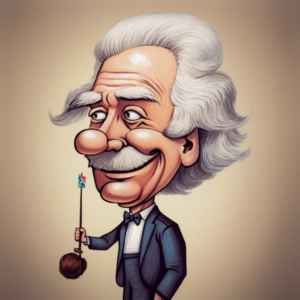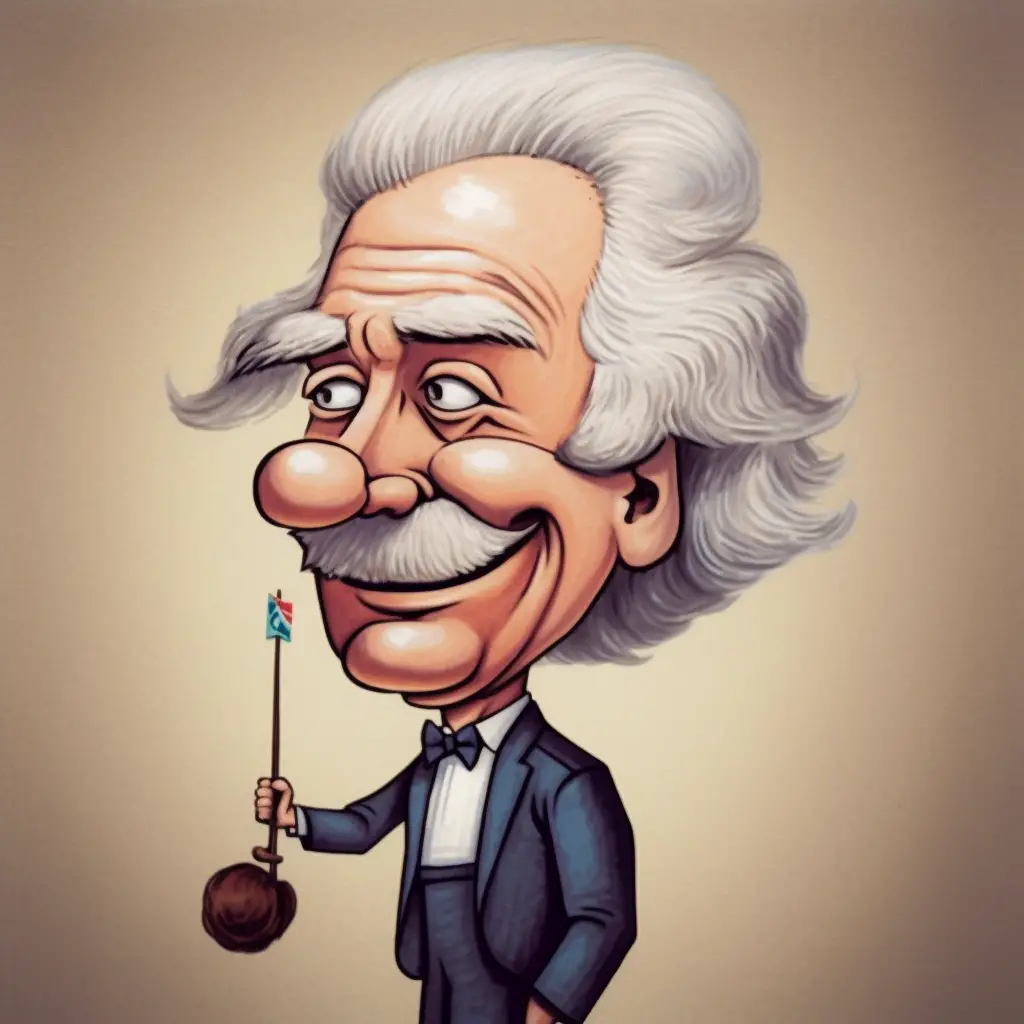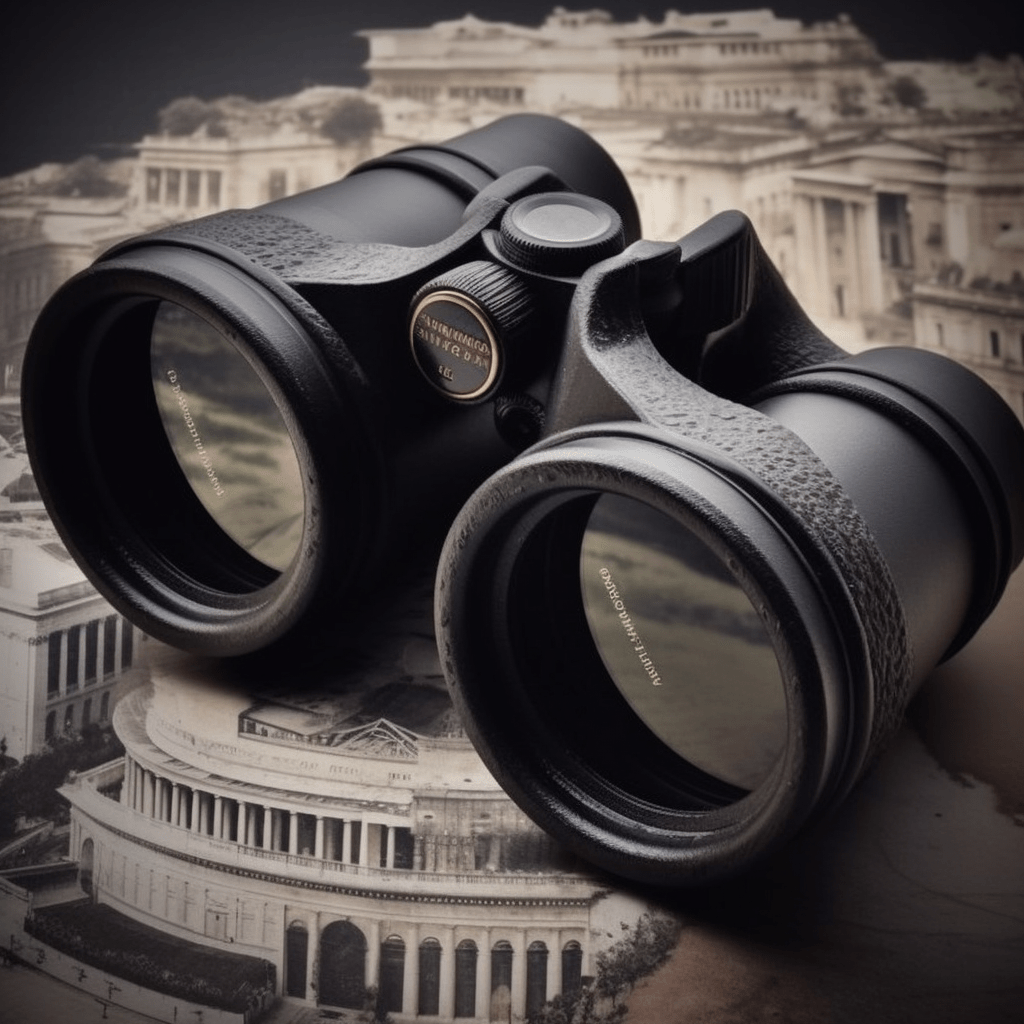
In psychology, the material self is all of the objects, people, places, and things that people ascribe to themselves as being “mine”. These possessions are often viewed as being personal extensions of identity or persona.
For example, the Kardassians, a noble family in Star Trek famous for showing their totally 100% real personalities on Instagram, likely see their many ill-gotten possessions as being part of who they are.
Meet the Material Self: The Life of the Party in Psychology
Let’s imagine the material self as a lively party animal, always dressed to the nines, surrounded by friends, and constantly posting on social media. This flashy character loves to share their latest shopping spree, family vacation, or the newest addition to their car collection. But what’s the big deal with the material self? Why is it such a captivating aspect of psychology?
The Material Self’s Fashion Statement
The material self has a knack for making a fashion statement by wearing its possessions like a badge of honor. In other words, people tend to define themselves through what they own or who they associate with. Objects, relationships, and even places become an extension of their identity, creating a unique blend of self-worth and self-expression. This could be anything from a designer handbag, to a well-groomed pet, or even a swanky apartment in a bustling city.
What’s the Material Self’s Secret Recipe? A Dash of Culture, a Pinch of Self-Esteem
The material self is a master chef when it comes to whipping up a tantalizing recipe for self-identity. The secret ingredients? A mix of cultural values, personal preferences, and a healthy dose of self-esteem. Some cultures might value material possessions more than others, placing a higher emphasis on accumulating wealth and owning the latest gadgets. Likewise, personal preferences determine which possessions are seen as valuable and worth flaunting. Finally, a dollop of self-esteem can make or break the material self, with some people relying heavily on their possessions to feel good about themselves.
Mirror, Mirror, on the Wall: The Material Self’s Reflection in Society
The material self plays an important role in how people present themselves to the world. It acts like a mirror, reflecting personal values, status, and achievements. This reflection can help individuals feel a sense of belonging within their social groups, as they see their possessions aligning with the values and interests of their peers. However, the material self’s reflection can sometimes be a double-edged sword, leading to feelings of envy or competition when comparing one’s own possessions to those of others.
Examples of the Material Self in Action: Lights, Camera, Possessions!
Now that we’ve gotten to know the material self a little better, let’s take a look at some examples of this psychological concept in action.
- The Fashionista: For the fashion-savvy individual, their wardrobe is an extension of their personality. Owning the latest designer clothes, shoes, and accessories serves as a reflection of their taste, status, and dedication to keeping up with trends.
- The Car Enthusiast: A person who is passionate about cars might see their vehicle as a symbol of their identity. Owning a rare, expensive, or highly-customized car is not only a source of pride but also a way to showcase their knowledge and commitment to the world of automobiles.
- The Globetrotter: For some, the places they’ve visited and the experiences they’ve had while traveling the world become integral parts of their identity. A well-stamped passport, a collection of souvenirs, and endless travel stories serve as reminders of their adventures and personal growth.
- The Proud Parent: Parents often view their children as extensions of themselves, taking pride in their accomplishments and seeing them as a reflection of their values and priorities. A parent might display their child’s artwork, celebrate their achievements, and share stories about their children to reinforce their connection and material self.
- The Tech Guru: In the age of technology, owning the latest gadgets and devices can become a way for individuals to express their tech-savvy nature. A cutting-edge smartphone, an impressive home theater system, or a collection of smart home devices can showcase a person’s passion for technology and their desire to stay ahead of the curve.
- The Art Collector: Those with an affinity for art often see their collection as an extension of their personality and taste. Owning rare, valuable, or thought-provoking pieces not only adds a touch of sophistication to their home but also provides a platform for self-expression and intellectual curiosity.
Material Self: A Friend or Foe in the Journey of Self-Discovery?
As we’ve seen, the material self can be both a powerful ally and a potential pitfall in understanding who we are. On one hand, possessions, relationships, and experiences can offer a sense of belonging, self-expression, and pride. On the other, they can lead to envy, competition, and an overemphasis on material wealth.
In the end, it’s essential to recognize that the material self is just one piece of the puzzle when it comes to understanding ourselves. The real challenge is finding a balance, appreciating the role that possessions and experiences play in shaping our identities, while also looking inward and nurturing the other aspects of our psychological selves. So, next time the material self throws a fabulous party, make sure to enjoy the festivities, but remember that there’s more to life than just the glitz and glamour.





